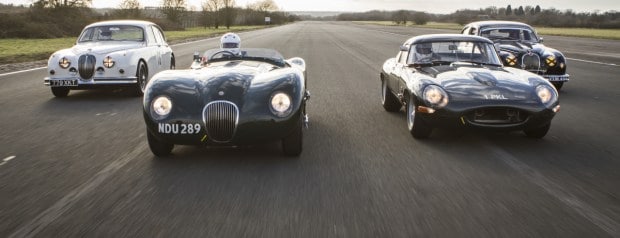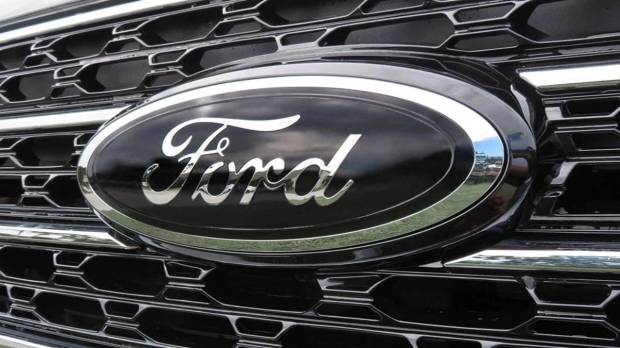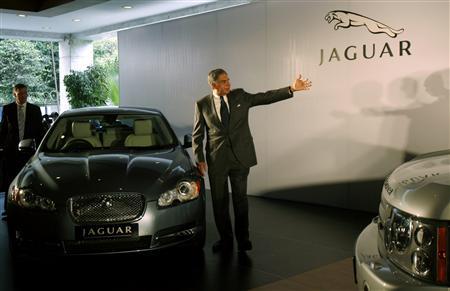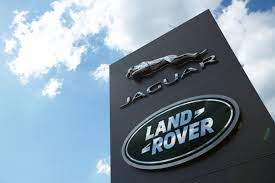Tata Motors produces some of the world’s most inexpensive cars, as well as some of the most expensive ones. You might be familiar with Tata Motors’s acquisition of Jaguar Land Rover, makers of prestigious cars like the Range Rover and Jaguar F-type. This acquisition is not surprising now, as Ratan Tata has been known for some big-ticket acquisitions.
But what might fascinate you is that this acquisition wasn’t only about business – it was also a sort of “revenge” that Ratan Tata took on Ford. Revenge? Here’s how.
This is a riveting story of a disagreement between Tata and Ford, and Ratan Tata’s “revenge” through the acquisition of Jaguar Land Rover, examining the history of the brands and the dramatic turn of events that unfolded since 1999.

A spark that ignited determination
Back in 1999, when Ratan Tata and his team presented their fledgling car business to Ford, they were met with disdain. The Ford representatives questioned their expertise and even wondered why they ventured into the passenger car division. In a Detroit meeting, Ford officials arrogantly offered to buy out Tata’s struggling car division, belittling them in the process. Tata was meeting Ford in a bid to sell its passenger car business due to the lacklustre response to their debut hatchback, “Tata Indica”.

Ford apparently told Tata they would be “doing them a favour” by buying the car business. This incident didn’t go down well with Ratan Tata and he called off the sale, and instead worked with determination on the Tata car brand.
The evolution of Jaguar Land Rover
Jaguar, founded in 1922 as Swallow Sidecar Company, rose to prominence as a premier manufacturer of sports saloons and cars. In 1989, Ford acquired Jaguar for $2.5 billion, hoping to capitalize on its luxury appeal. On the other hand, Land Rover, a renowned manufacturer of luxury 4×4 vehicles, was acquired by Ford in 2000 for $2.7 billion. However, Ford’s attempts to revitalise the brands were marred by financial losses, stiff competition, and quality issues.
Ford’s struggles and Tata’s triumph
Ford paid $2.5 billion for Jaguar in 1989 and $2.7 billion for Land Rover in 2000, but managed just $1.7 billion from the sale of the two brands. Ford sold Jaguar mostly because of losses it had experienced at the time ($700 million), and over the course of its 19-year ownership of Jaguar, according to some estimates, cumulative losses of $10 billion.
As the global financial crisis struck in 2008, Ford faced severe financial woes, pushing it to the brink of bankruptcy. Amidst this turmoil, Ratan Tata seized the opportunity to exact his revenge. Tata Motors, now a significant player in the automotive industry, acquired Jaguar Land Rover from Ford for a mere $2.3 billion. This all-cash transaction marked a remarkable turnaround for Ratan Tata, who had been scorned by Ford nearly a decade earlier.

The tables turned, and the diversified conglomerate, spanning from salt to software, managed to outshine the struggling Ford.
Tata’s vision: turning the tide
Ratan Tata’s vision for Jaguar and Land Rover went beyond the acquisition; it was about restoring their former glory. Armed with a strategic approach, Tata focused on three key areas: improving liquidity, cost control, and introducing new products. His commitment to turning the brands around was evident through a massive infusion of funds and resources.

Challenges and transformations
The acquisition wasn’t devoid of challenges. At the time, both brands were grappling with outdated designs and inefficient engines. However, a fortunate shift in consumer preferences from luxury cars to luxury SUVs worked in their favor. This shift breathed new life into Land Rover’s lineup while Jaguar faced the challenge of reviving its sedan and coupe models due to their retro designs.
Triumph over criticism
Tata’s acquisition of Jaguar and Land Rover was met with skepticism. Critics doubted Tata’s ability to maintain the brands’ standards. However, Ratan Tata’s determination and strategic acumen began to yield results. Tata Motors’ focus on cost reduction, efficiency enhancement, and product innovation started showing signs of success.
The resilient turnaround
Tata’s management concentrated on cutting costs, boosting efficiency, and managing cash flow — lessons that Tata Motors had learnt during the downturn in 2001 — to stop the hemorrhaging at the British company. Tata also contributed $1 billion to operations and the introduction of new products. The automaker was well placed to benefit when the market changed, and during the quarter that concluded on December 31, 2009, it became profitable with a net profit of 55 million pounds ($90.6 million).

By 2009, just a year after the acquisition, Jaguar Land Rover began to show signs of profitability. Despite a challenging global economic environment, Ratan Tata’s leadership and bold decisions were steering the brands towards a profitable future. A net profit of 55 million pounds in 2009 demonstrated the efficacy of Tata’s strategic intervention.
Ratan Tata’s journey from humiliation to triumph stands as a testament to his unwavering determination and strategic brilliance. The acquisition of Jaguar and Land Rover wasn’t just a business deal; it was a story of redemption, vision, and overcoming adversity.







